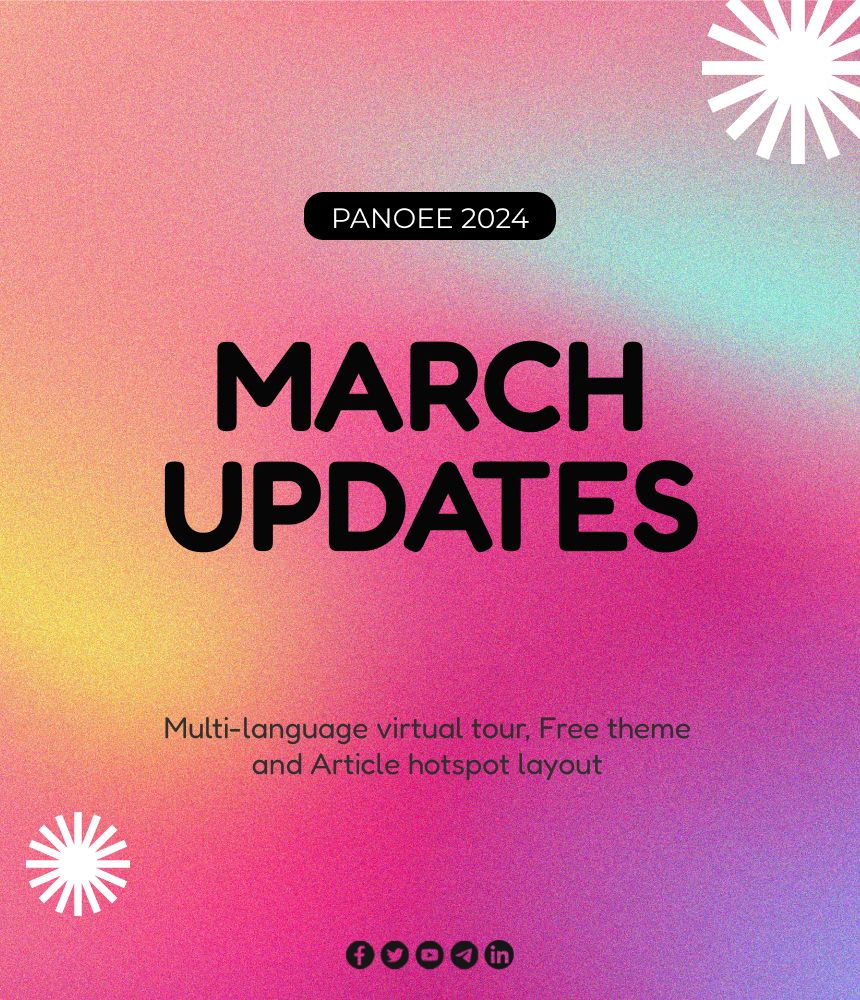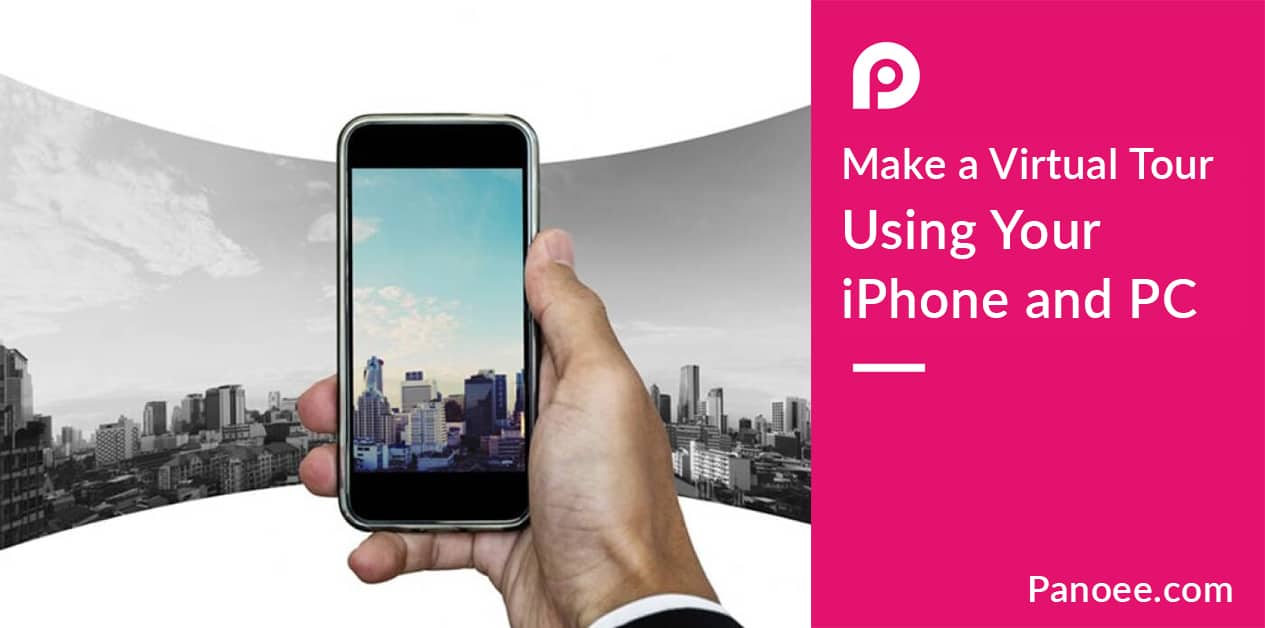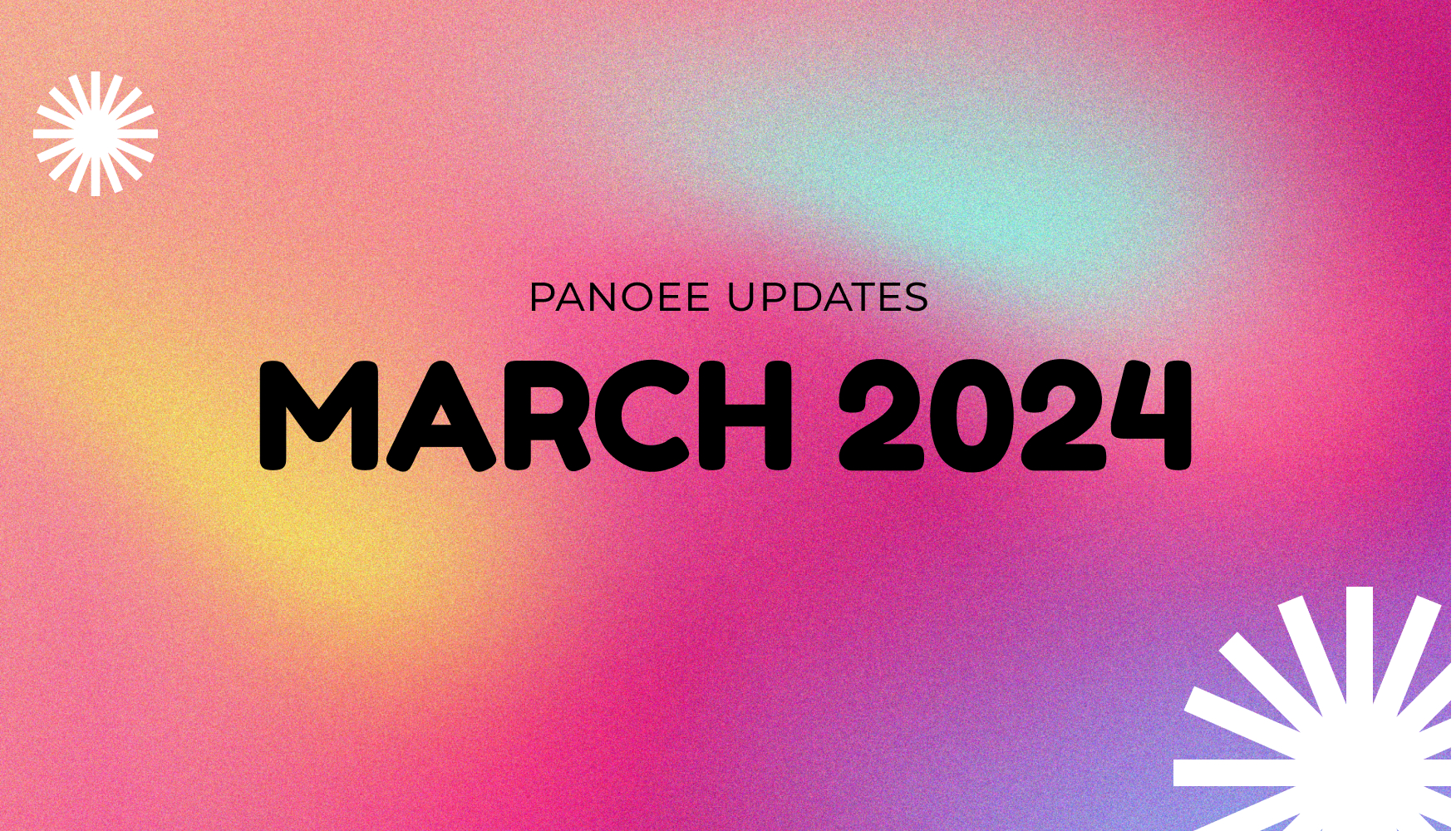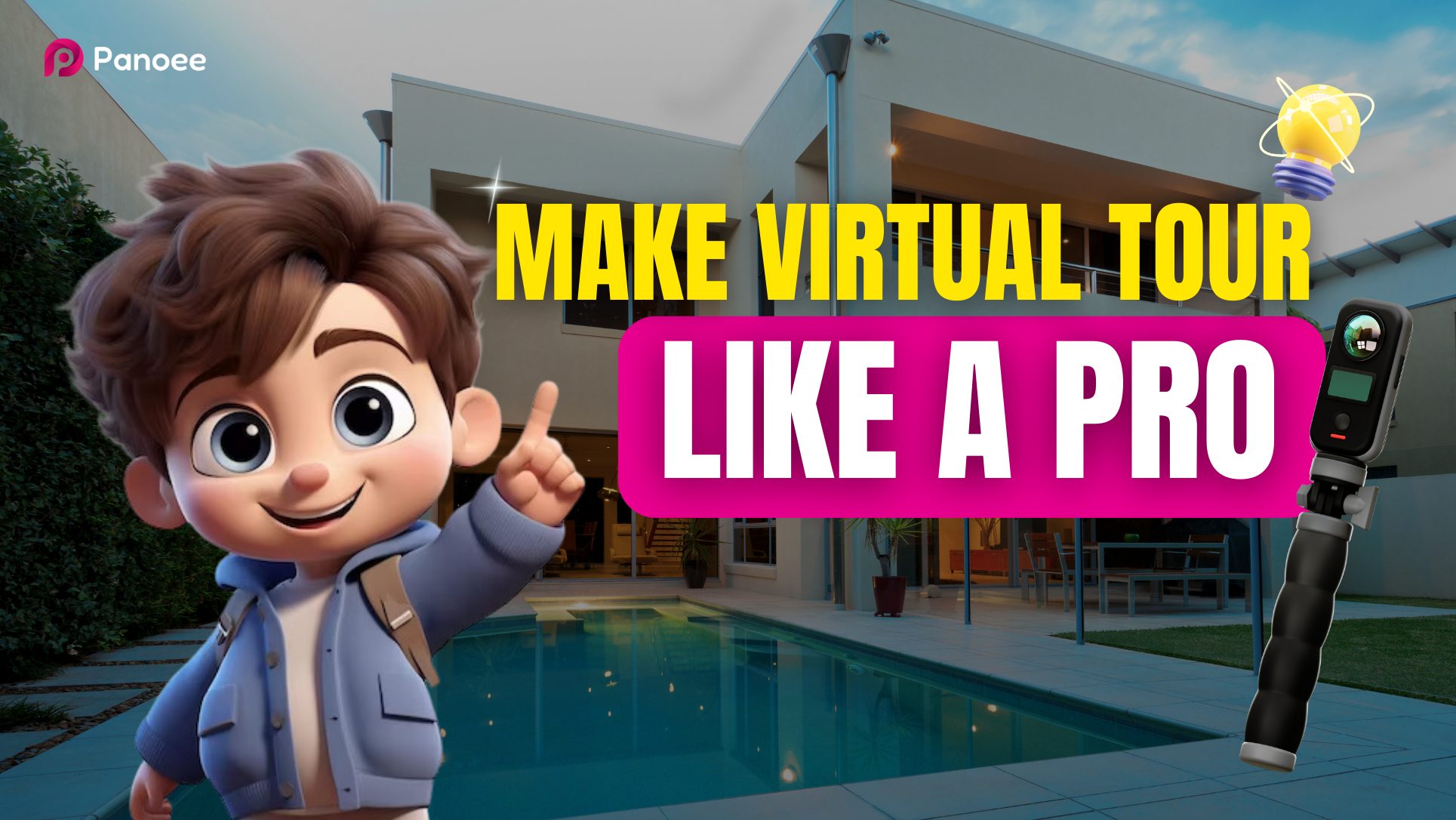When we talk about the exhibitions or museums, many people imagine a space that is too quiet, boring and sometimes too crowded. It is not difficult to see each group of people waiting, taking turns to choose the appropriate stand to observe documents and artifacts in museums or exhibitions. Without a guide, visitors have to find information on their own through introduction boards and a few short lines of information, which makes the experience limited and less attractive. However, with the advent of virtual reality technology – Virtual Tour for museum and exhibition, visitors will have completely different experiences.
Virtual Tour for museum and exhibition in the world and Vietnam
Instead of directly going to museums or exhibitions, visitors can find out and discover information about exhibitions and museums by themselves with just a few clicks of the mouse. VR tours for museums can help visitors experience artifacts and documents in the most realistic way without having to move.
In the period when the world is going through the current Covid pandemic, ordinary entertainment methods via the Internet such as Netflix or Youtube are gradually becoming boring, many people want to enjoy the values of art, history and education in their home. Therefore, VR tours for museums and exhibitions were born to meet that practical need. Kicking off this trend, Google Arts & Culture has partnered with over 2500 museums and galleries around the world to bring people virtual tours and online exhibitions at some of the most popular museums in the world.
In Vietnam today, there are many history and art museums that have applied this practical technology such as the Southern Women’s Museum, Da Nang Cham Museum, etc.


Applications of Virtual Tour for museum and exhibition
1. Real space experience
In many museums around the world, VR puts the user in a virtual experience that feels real. VR allows visitors to interact or can watch the entire exhibition through a 360-degree video format. In addition, VR brings users’ experiences to life by putting physical objects and documents in a realistic 3D context and rendering them in real size.
2. Selecting each area to explore easily
Virtual reality technology can accurately reproduce 100% of the real space. Thanks to that, visitors can click on the options to be able to move to many different locations and areas of the museum and enjoy the artwork from many different angles and perspectives.
With Virtual Tours, users can choose to follow the arrow to visit each area as if they were visiting a real museum. In addition, users can choose to move to the desired area through the moving map integrated right on the display screen.
3. Exploring the artifacts in detail
Based on a map or an overview perspective, after choosing an area to visit, visitors can find out the details of the area that they are interested in. Here, visitors can move, zoom in, zoom out, rotate around the artifacts, read or listen to interpretations, and even interact and understand more about the artifacts through many different forms.

4. Register to buy the artwork
For art exhibitions applying Virtual Tours, after visiting and experiencing, collectors can order/buy integrated works right on the following platform. The system will be redirected to transaction websites, or contact through the displayed communication channels.
Other typical features integrated in Virtual Tour for museum and exhibition
1. Locate on Google Maps
This feature in Virtual Tour for museum and exhibition helps visitors to identify the location of the exhibition, the museum area that they are interested in, making the experience more interesting and lively.

2. Virtual model in Virtual Tour
Virtual model application in VR tours helps visitors to observe under a true 360-degree panoramic view. This model is made up of 360-degree images taken by drone or sketchup drawings, making editing and upgrading easier.
3. Moving floor plan in Virtual Tour for museum and exhibition
Floor plan is a feature that helps customers determine the exact current location and can quickly move to other locations in the sightseeing area with just one click.

Virtual reality service for Tour 360 for museums and exhibitions
Currently, the application of virtual reality technology to museums and exhibitions is still quite new in the world and in Vietnam. However, in the current period of social isolation, this technology has really created a new trend to help viewers experience art and culture in a convenient and practical way.
If you want to create tour 360 for your museum and exhibitions, please visit us: https://panoee.com/ for more details.









